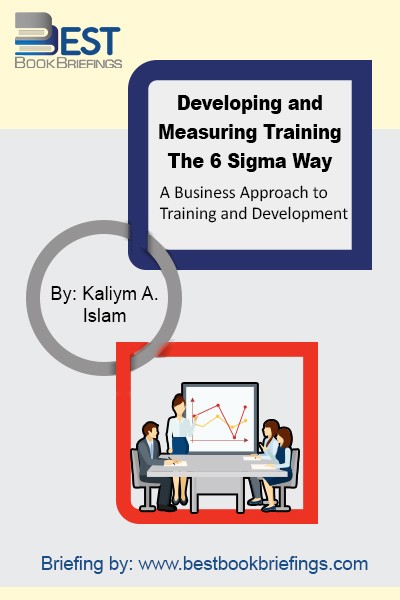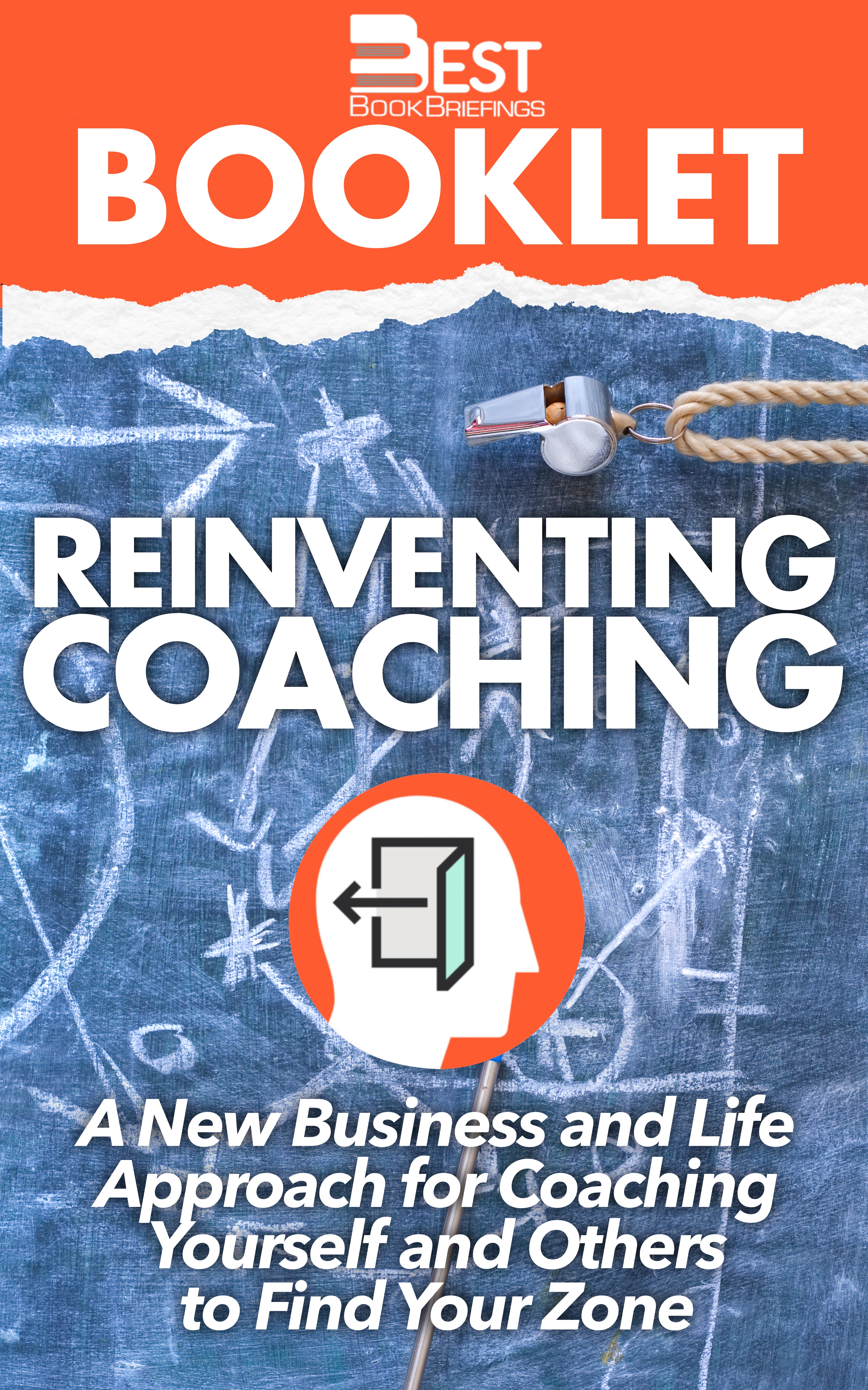How to Measure Training Results
A Practical Guide to Tracking the Six Key Indicators
Number of pages: 300
Publisher: McGraw-Hill Education
BBB Library: Human Resources, Operations Management
ISBN: 9780071387927
Editorial Review
Too often, training has been viewed as either a line-management responsibility, or a responsibility of the HR or training department. The truth is: management and HR are jointly responsible. Senior management do not ask enough questions about results, because training costs are budgeted and allocated in ways that create indifference from others. Or because management has bigger fish to fry, and the training staff feels that training participants, line managers, and others will not cooperate in providing the data necessary to measure results. Training staff and managers have been led to believe that the effects of training cannot be measured credibly, i.e. that they cannot be isolated from the influence of other performance improvement factors or that it is too difficult or too resource intensive to measure the effects of training. Depending on the organization and the culture, one or more of these factors contribute to the lack of evidence that training brings benefits to the organization that are greater than the costs incurred. In today's environment of tighter budgets, stakeholders want to know the end results of training in organizations. What did a training program add to the organizations performance and the bottom line? Did it work? If so, why? And if not, what could have been done differently? We will give you the tools to answer these questions. Using a unique ROI Process, a proven systematic methodology for measuring and assessing the organizational impact of training.
Book Reviews
Books on Related Topics

Instructional System Design (ISD)—or some of its variations—is at the core of any contemporary training program. However, it was never intended to address business issues; the process itself is devoid of techniques dedicated to them. Although there are several variations of ISD, each suffers from the same flaw: a lack of

It is difficult to pick good leaders. Time and again, we complain about the quality of the men and women who run our companies, organizations, and governments. We bemoan their incompetence, their detachment, their lack of urgency. Inevitably we get rid of these leaders and move on to the next ones,

Reinventing Coaching presents Coring, a new model that takes traditional coaching to a new level. A new approach aimed to help you find and be in your zone. Coring proves you are valuable; but unless you’re in the right place, your worth will remain hidden and unacknowledged. It’s not a book meant to be

New social media technologies and strategies provide quick, easy solutions to many of the challenges faced by workplace training practitioners. Social media vehicles such as Twitter and Facebook, for example, can help trainers build learning communities, facilitate quick assignments, offer updates or follow-up tips, and otherwise extend the reach of the



